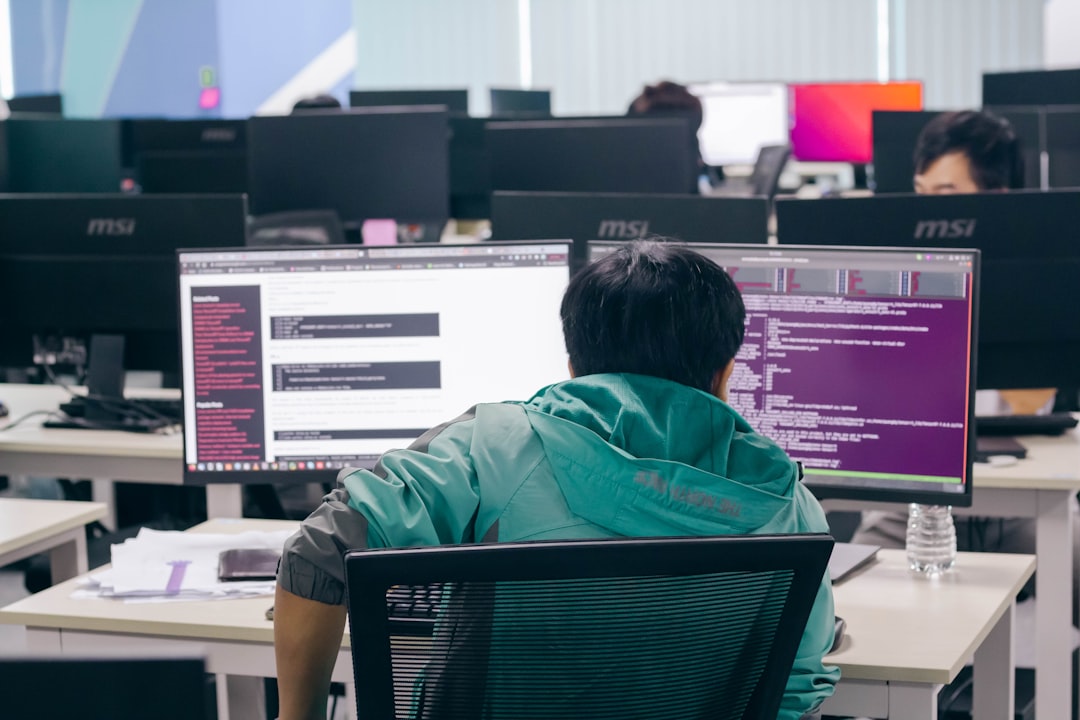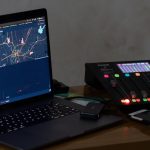As web applications grow more complex and user expectations for speed and reliability rise, developers face mounting pressure to build flawless front- and back-end code. Traditional debugging tools are robust, but they often require manual setup, intricate log analysis, and time-consuming trial-and-error efforts. Enter artificial intelligence (AI), a game-changer that is revolutionizing the debugging landscape. From swiftly identifying bugs in real-time to predicting where future issues might crop up, AI-powered debugging tools are becoming a must-have in a developer’s toolkit.
What Makes AI Debugging Tools So Appealing?
The enthusiasm for AI debugging tools among web developers isn’t just hype — it’s driven by tangible benefits that address longstanding pain points. Here are several reasons why these tools are quickly gaining popularity:
- Efficiency and Speed: AI can parse through thousands of lines of code in seconds, finding anomalies and unusual patterns that would take a human hours or even days to catch.
- Real-Time Feedback: Many AI tools operate in real-time, flagging issues as code is written, which leads to cleaner code and fewer cumulative bugs.
- Contextual Suggestions: Instead of just pointing out an error, AI often offers context-aware recommendations — such as optimized syntax, more secure logic, or preferred code conventions.
- Seamless Integration: AI debugging tools now integrate easily with popular IDEs like VSCode or WebStorm and work across various frameworks (React, Vue, Angular, etc.).
Understanding How AI Debugging Tools Work
So, how exactly do these tools work their magic? At their core, AI debugging systems use machine learning models trained on vast amounts of code from various sources — GitHub repositories, proprietary datasets, and even open-source projects. These models learn patterns from both successful and buggy code to predict and diagnose issues in new codebases.
Techniques involved include:
- Natural Language Processing (NLP): Helps the tools understand comments, documentation, and even error logs written in human language.
- Static Code Analysis: AI scans your code without executing it to detect potential bugs, vulnerabilities, or bad practices.
- Runtime Monitoring: For more dynamic issues like memory leaks or performance bottlenecks, AI tools monitor execution in real-time to pinpoint trouble spots.

Examples of Popular AI Debugging Tools
Several tools have established themselves as go-to options for developers who want AI-enhanced debugging power. Here are a few standouts:
- DeepCode (now part of Snyk): Offers real-time feedback as you write code and provides suggestions backed by millions of code repositories.
- Tabnine: An AI code completion assistant that not only autocompletes but also predicts and helps correct logic errors.
- Codiga: Identifies bugs and security flaws as part of static code analysis and allows team-wide enforcement of secure coding standards.
- Sentry AI Debugging: Focuses more on monitoring and performance debugging by identifying trends in application crashes or lags over time.
The Developer Experience: A Seamless Collaboration with AI
Web developers often describe their experience with AI debugging tools as having a superpowered pair programming partner. These tools don’t replace them — they enhance their workflow. Typical comments from developers include:
- “I caught syntax and logic errors I wouldn’t have seen until production.”
- “I never realized how many edge cases I missed until the tool highlighted them all instantly.”
- “The integration with my IDE is so smooth that it feels like a native feature.”
Moreover, because AI tools continue to learn from interactions and feedback, their performance only improves over time. They adapt to your unique coding style, increasing their accuracy and relevance as you use them more frequently.
AI Debugging and Team Collaboration
In team environments, AI debugging technologies offer another surprising benefit: improved collaboration. Since the tools highlight code quality issues per team-defined standards, they help to:
- Reduce code review cycles.
- Standardize coding practices across large teams.
- Automatically generate documentation for better project understanding.
- Ensure security best practices are followed without constant manual oversight.
For teams practicing CI/CD (Continuous Integration/Continuous Deployment), AI tools can integrate into pipelines ensuring that only clean, bug-free code gets shipped.

Challenges of AI Debugging Tools
No technology is without its drawbacks, and AI debugging tools are no exception. While they vastly improve many aspects of code quality, several challenges remain:
- False Positives: Occasionally, the AI may incorrectly flag code as problematic when it’s not — leading developers to second-guess correct logic.
- Learning Curve: Teams must take some time to fine-tune the tools and get used to their integrations.
- Dependency: Over-reliance can make developers less attentive to learning and identifying bugs manually.
- Cost: Many high-end AI debugging tools are paid services, which could be a barrier for individual developers or small startups.
However, most developers feel that the benefits far outweigh these limitations. Many of these tools offer free tiers or open-source alternatives which still deliver significant value.
The Future of AI in Debugging
Looking ahead, AI debugging tools are primed for even more powerful advancements. We’re already seeing tools that can write unit tests automatically, refactor code intelligently, and simulate different user behaviors to test application behavior under strain.
As quantum computing and neural network efficiencies evolve, future AI tools may move beyond reactive debugging and start implementing predictive coding — warning developers of likely regressions before they even happen.
Additionally, with natural language interfaces like ChatGPT becoming more integrated into dev environments, asking “Why is my app crashing on mobile?” could return a detailed and actionable answer, complete with code references. The barrier between conceptual intention and executable code keeps shrinking, thanks in large part to AI.
Conclusion
It’s no surprise that web developers are increasingly embracing AI-powered debugging tools. These smart assistants bring speed, accuracy, consistency, and even collaboration to the sometimes chaotic world of web development. While they’re not perfect, their value is undeniable — they help developers write better code, faster.
From identifying subtle bugs to enhancing code reviews and integrating perfectly into both small and enterprise workflows, AI debugging tools are not just a trend — they are a fundamental shift in the way software is built and maintained.
In the future, it’s likely that AI will play an even greater role in the coding lifecycle. But for now, it’s safe to say: web developers don’t just like AI debugging tools — they love them.







